Your Child Will Learn
How to compare things using opposite words
Here’s What to Do
- Throughout the day, help give me examples of two opposite words.
- Some ideas for Up/Down:
- Say “Up” with each step we take while walking upstairs, and “Down” with each downstairs step
- Lift me up in the air and say “up,” then say “down” when you put me down
- Say “Up” and “Down” as I play on playground equipment
- Play “Simon Says” with “up” and “down” directions
- Some other opposites you can talk about throughout the day:
- Open/Close
- Wet/Dry
- Big/Little
- Hot/Cold
- Off/On
- As I learn opposites, try asking me to fill in the blank with an opposite word. Like, “The stove is hot, ice is ___.”
Put PEER Into Action
PAUSE
- Make eye contact with me before demonstrating opposite words.
ENGAGE
- “Can we open and close the drawer? Open, close. Open, close.”
- “The washcloth is wet, your towel is dry. You are wet, I am dry.”
ENCOURAGE
- The idea of an “opposite” is very abstract. Help me understand by giving me lots of real-world examples.
- After you give me an opposites example, label them as “opposites.” Like: “This doll is big. This doll is little. Big and little are opposites.”
REFLECT
- Do you think I have the hang of any “opposites” yet?
Not Quite Ready
Keep pointing out opposites to me throughout the day. It may take me a while to understand.
Ready for More
Help me understand more difficult opposites like first/last, fast/slow, in/out, loud/quiet, hard/soft, long/short.
As Your Child Masters This Skill
They will begin to understand the concept of “opposite” and opposite words.
Time to Complete
Various
Materials Needed
Household items or objects in the community
